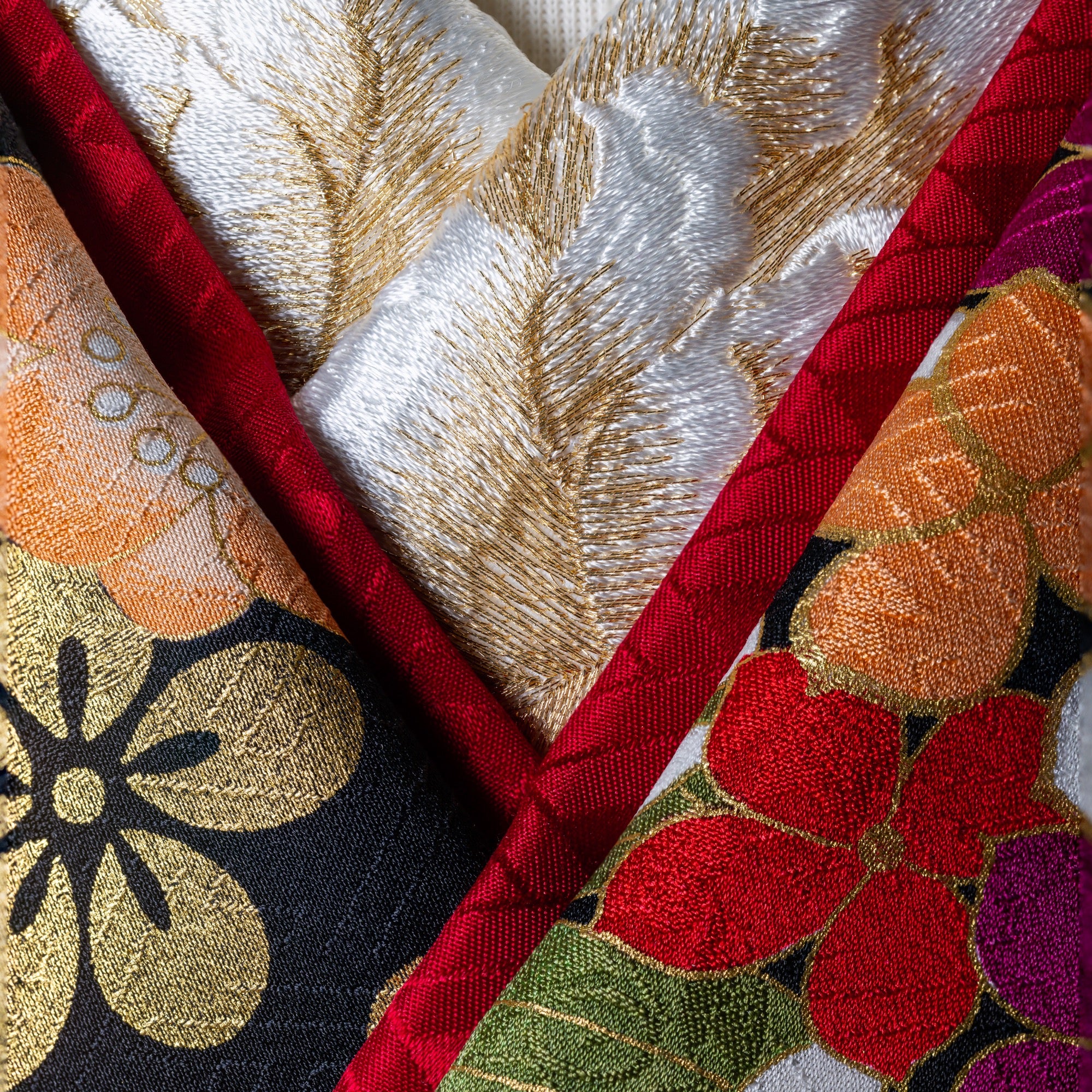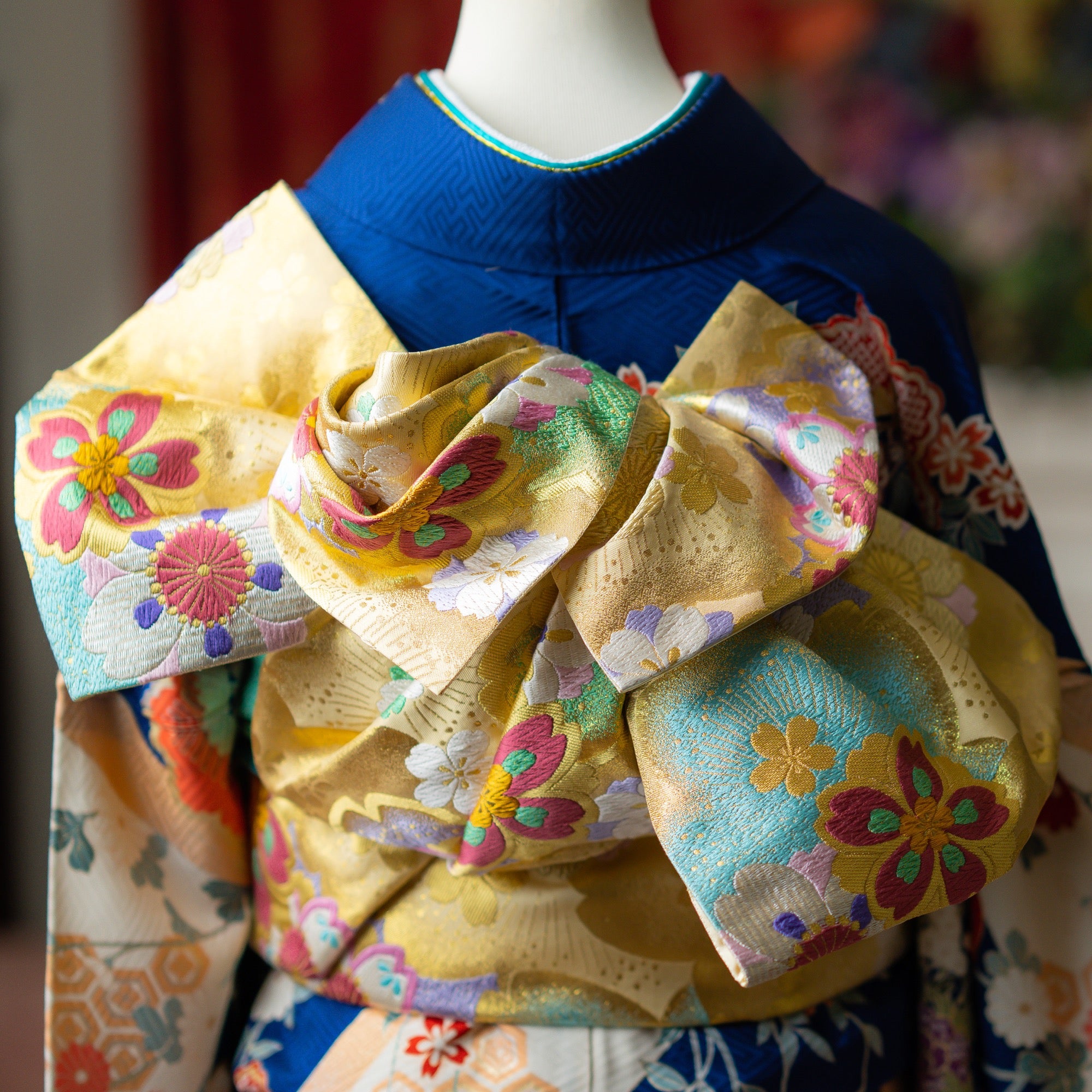
Mastering the Kimono: Revealing the Layers
The classic beauty of kimonos is not only maintained but cherished at MOONIK by Sueko Oshimoto. Knowing how to wear and interpret the many layers of a kimono is one of the most interesting parts of this traditional Japanese garment. Let us delve into the kimono's many facets and uncover their secrets to its allure and refinement.
The Kimono's Foundational Elements
"Hadajuban" (肌襦袢)
Layer one, which is worn directly on the skin. An undergarment is a basic piece of clothing that covers the skin and serves to absorb perspiration and oils. Most undergarments are made of cotton.
"Nagajuban" (長襦袢)
A full-length under-kimono called a nagajuban is worn over the hadajuban. Oftentimes, this layer is just as elaborately embroidered as the kimono, and a tiny bit of it shows through the collar.
"Kimono" (着物)
The most prominent layer displays the exquisite textiles and elaborate patterns. The fabric and design of the kimono can change with the seasons. Kimonos made of heavier materials, like silk or wool, are reserved for winter, while those made of lighter materials, like cotton or linen, are reserved for summer (yukata).
"Obi" (帯)
Although it is not a layer, the obi is the wide sash that is fastened at the rear and wrapped around the waist. This essential accessory not only adds style to the kimono but also keeps it in place.
Special Occasions: Events Deserving of Extra Layers
Some formal events or traditional rites may call for the addition of extra layers.
"Uchikake" (打掛)
As an embellished overgarment to her kimono, the bride wears an uchikake during the wedding ceremony.
"Hiyoku" (比翼)
The hiyoku is an extra layer that is either attached to the kimono itself; it gives the appearance of wearing two kimonos, which is a common formal kimono style.
Sueko Oshimoto's MOONIK: A Reimagining of Tradition
Sueko Oshimoto has reimagined the kimono-wearing experience at MOONIK.
Recognizing the intricacy of a kimono's traditional layering, we have creatively updated the classic garment into a contemporary kimono dress. This update makes classic kimonos easier to wear without sacrificing their gracefulness or attractiveness. Wearing one of our contemporary kimono dresses is a great way for clients to experience the beauty of traditional Japanese clothing without adding substantial outerwear. Our method bridges the gap between traditional art and modern fashion, making kimonos more approachable and allowing everyone to appreciate their beauty and cultural depth.

